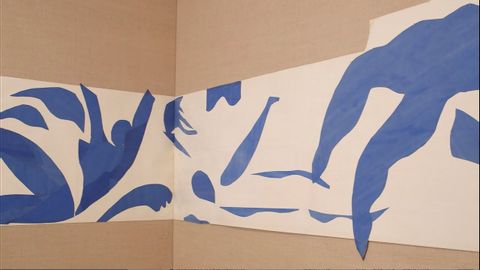
字幕と単語
アンリ・マティスプールの保存 (Henri Matisse: Conserving The Swimming Pool)
00
Tori Yang が 2021 年 01 月 14 日 に投稿保存
動画の中の単語
work
US /wɚk/
・
UK /wɜ:k/
- n. (c./u.)作品 : 著作物;作品 : 著作物;仕事;職場;作業結果 : 業績
- v.t./i.うまくいく;機能する;働く;努力する;動かす
- adj.仕事
A1 初級TOEIC
もっと見る change
US /tʃendʒ/
・
UK /tʃeɪndʒ/
- v.t.着替える;両替する;取り替える;変える : 変わる;乗り換える
- n. (c./u.)着替えの服一式;小銭;おつり;変化 : 変更
A1 初級
もっと見る research
US /rɪˈsɚtʃ, ˈriˌsɚtʃ/
・
UK /rɪ'sɜ:tʃ/
- v.t./i.研究する;市場調査をする
- n. (c./u.)研究;研究分野;研究報告;市場調査
A2 初級TOEIC
もっと見る live
US /liv/
・
UK /lɪv/
- v.i.生きる;住む
- adj.生放送の;電気が流れている;燃えている;生きている
- v.t.生きる
- adv.(音楽 : 演劇などで)生で : 実況で : ライブで
A1 初級
もっと見る エネルギーを使用
すべての単語を解除
発音・解説・フィルター機能を解除
